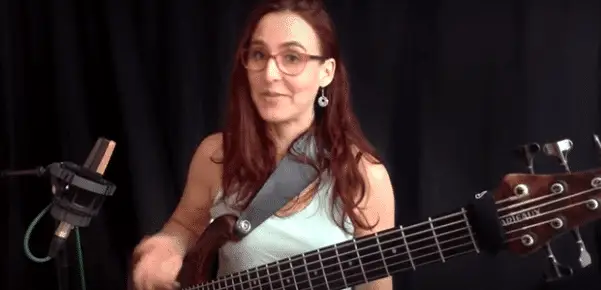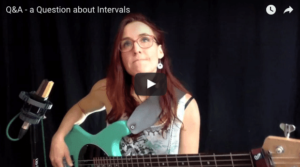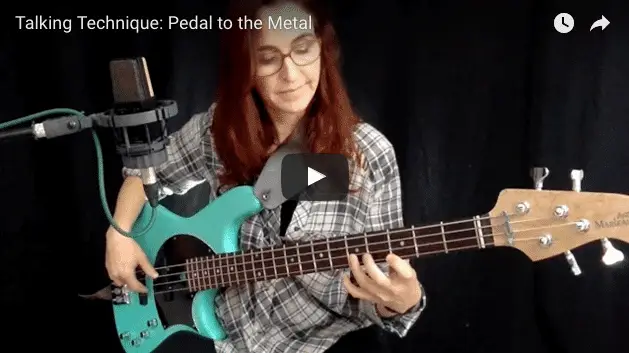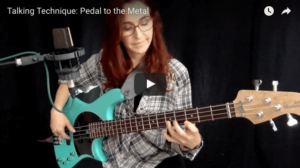Tapping into Tapping (TT 13)
Talking Technique E pisode 13 is up on No Treble.
pisode 13 is up on No Treble.
I have gotten quite a few inquiries about tapping, so here is a little introduction to this technique, paired with a few playing samples. Tapping is a really cool technique but it has to be used with taste. I play in a duo with an amazing bassoon player (OoN – The bass-bassoon duo of Ariane Cap and Paul Hanson). I really get to stretch out in that band context – playing grooves, melodies (sometimes at the same time), chords of course… I use the six string bass for this scenario. It has only five more notes than the five-string or ten more notes than the four-string bass, but the layout of the sixth string on top enables me to reach a lot more notes at the same time. Tapping is a good way to do that. later on in the video I show you a few exercises on my four string, because there is plenty of cool tapping to be had on that, too.
If this technique is new to you, give it a shot. It is really fun and opens up a lot of creative possibilities. Just keep in mind to always serve the song, no matter what technique you use. Enjoy!
I use my Consat Marleaux Six String in this video as well as my Votan Marleaux 4.
Fretwrap by gruvgear.
Ampage by TC Electronic
Dean Markley Strings, always!
Many thanks to wolftrackaudio.com for sound!







